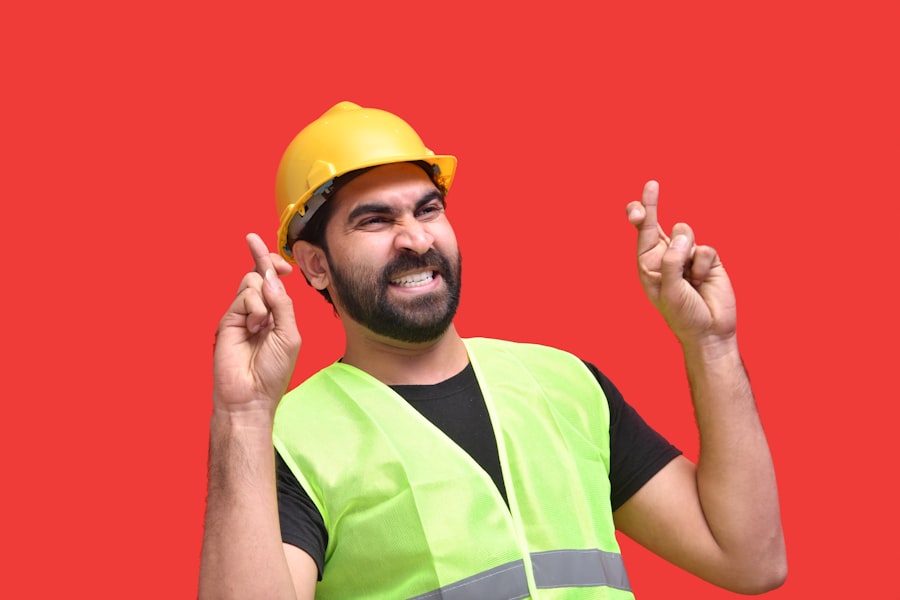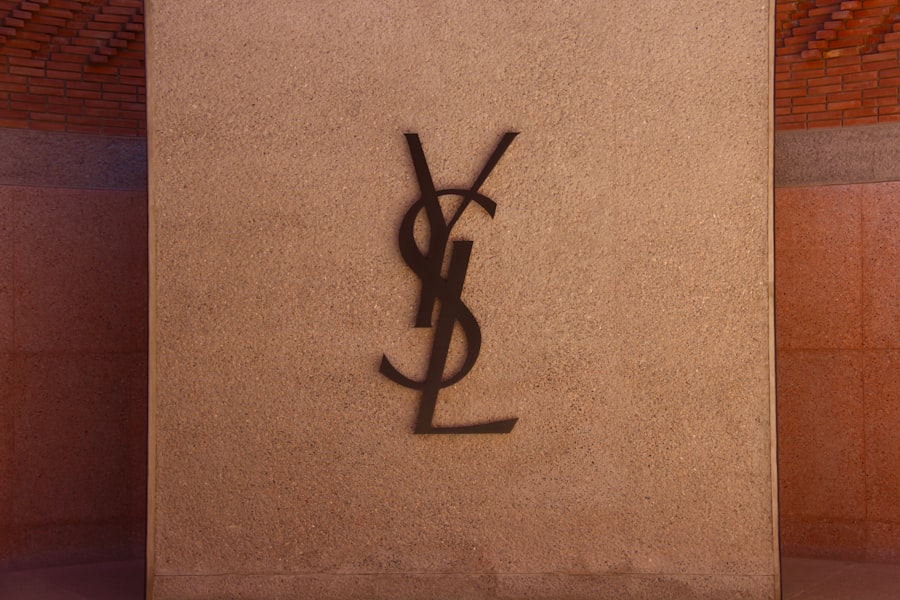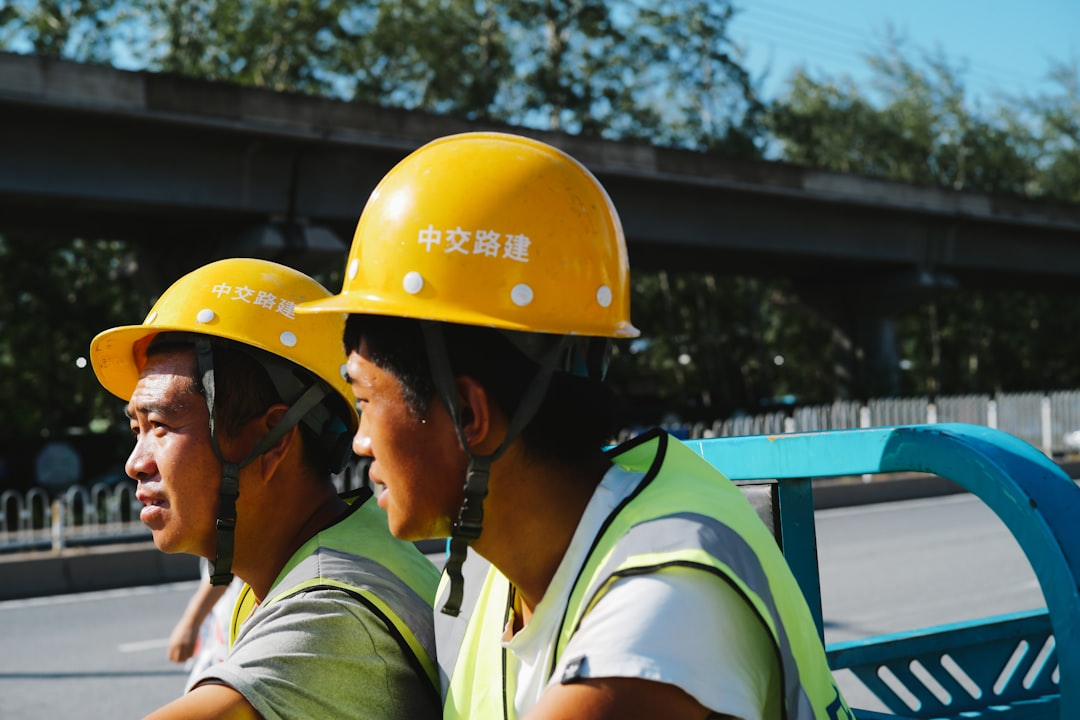Visual effects (VFX) have transformed the landscape of film, television, and gaming, allowing creators to bring their wildest imaginations to life. As you delve into the world of VFX, you will discover a realm where artistry meets technology, resulting in stunning visuals that captivate audiences. The integration of artificial intelligence (AI) into this field has sparked a revolution, enhancing the capabilities of artists and technicians alike.
This article will explore the current state of AI in VFX, its advantages and disadvantages, and the implications for jobs in the industry. As you navigate through this exploration, you will find that AI is not merely a tool but a partner in the creative process. It has the potential to streamline workflows, automate repetitive tasks, and even assist in generating new ideas.
However, this technological advancement also raises questions about the future of creativity and employment in VFX. By understanding the interplay between AI and VFX, you can better appreciate how these two forces can coexist and shape the future of visual storytelling.
Key Takeaways
- AI is revolutionizing the VFX industry by automating repetitive tasks and enhancing creative capabilities.
- AI in VFX offers advantages such as increased efficiency and cost-effectiveness, but also poses challenges like job displacement and ethical concerns.
- The impact of AI on VFX jobs is significant, with some roles being replaced by AI while others are being augmented by it.
- Creativity remains a crucial aspect of VFX, and AI is being used to complement and enhance human creativity rather than replace it.
- The future of VFX jobs will likely involve a combination of AI and human expertise, requiring professionals to adapt and upskill in response to technological advancements.
The Current Role of AI in VFX
In today’s VFX landscape, AI plays a pivotal role in various stages of production. From pre-visualization to post-production, AI algorithms are being employed to enhance efficiency and creativity. For instance, machine learning techniques can analyze vast amounts of data to predict trends and suggest visual styles that resonate with audiences.
This capability allows artists to focus on the more nuanced aspects of their work while leaving mundane tasks to AI systems. Moreover, AI-driven tools are revolutionizing the way visual effects are created. You may have encountered software that uses deep learning to generate realistic textures or simulate complex physics.
These advancements not only save time but also enable artists to push the boundaries of what is possible in VFX. As you explore these innovations, you will see how AI is becoming an indispensable ally in the creative process, allowing for more ambitious projects that were once deemed unattainable.
Advantages and Disadvantages of AI in VFX

The integration of AI into VFX comes with a myriad of advantages that can significantly enhance production quality and efficiency. One of the most notable benefits is the ability to automate repetitive tasks, such as rotoscoping or tracking. By delegating these time-consuming processes to AI, you can free up valuable time for artists to focus on more creative endeavors.
Additionally, AI can analyze data from previous projects to provide insights that inform decision-making, ultimately leading to better outcomes. However, the rise of AI in VFX is not without its drawbacks. One major concern is the potential loss of jobs as automation takes over tasks traditionally performed by human artists.
While AI can augment creativity, it may also lead to a reduction in demand for certain skill sets. Furthermore, there is an ongoing debate about the quality of work produced by AI compared to that created by human hands. As you consider these factors, it becomes clear that while AI offers significant advantages, it also poses challenges that must be addressed.
The Impact of AI on VFX Jobs
| Metrics | Impact |
|---|---|
| Employment | AI may lead to job displacement as some tasks become automated |
| Skills | Workers may need to acquire new skills to work alongside AI technology |
| Efficiency | AI can improve efficiency in VFX production, leading to faster turnaround times |
| Creativity | AI tools can enhance creative possibilities in VFX, leading to new job opportunities |
As you reflect on the impact of AI on VFX jobs, it is essential to recognize that this technology is reshaping the workforce in profound ways. On one hand, AI can create new opportunities for professionals who are adept at using these advanced tools. The demand for individuals who can harness AI’s capabilities to enhance visual storytelling is likely to grow.
This shift may lead to the emergence of new roles focused on managing and integrating AI into the creative process. Conversely, there is a palpable concern about job displacement as automation becomes more prevalent.
This reality necessitates a reevaluation of skill sets within the industry. As you consider your own career trajectory in VFX, it is crucial to stay informed about emerging technologies and adapt your skills accordingly to remain relevant in an evolving job market.
The Role of Creativity in VFX and AI
While AI can significantly enhance technical capabilities in VFX, the essence of creativity remains a uniquely human trait. As you engage with AI tools, it is vital to remember that they are designed to assist rather than replace human creativity. The most compelling visual effects often stem from imaginative concepts and artistic vision—qualities that machines cannot replicate.
Your ability to think outside the box and infuse emotion into your work will always set you apart from automated systems. Moreover, the collaboration between human artists and AI can lead to innovative outcomes that neither could achieve alone. By leveraging AI’s analytical power alongside your creative instincts, you can explore new avenues for storytelling and visual expression.
This partnership allows for a richer creative process where technology enhances rather than diminishes artistic intent. As you navigate this landscape, embrace the idea that your creativity is an invaluable asset in a world increasingly influenced by AI.
The Future of VFX Jobs

Looking ahead, the future of VFX jobs will likely be characterized by a dynamic interplay between human talent and artificial intelligence. As technology continues to evolve, new roles will emerge that require a blend of artistic skill and technical proficiency with AI tools. You may find yourself in positions that involve not only creating visual effects but also managing AI systems that assist in production processes.
Additionally, as audiences become more discerning and demand higher-quality content, the need for skilled professionals who can harness AI’s capabilities will grow. This evolution presents an opportunity for you to carve out a niche within the industry by developing expertise in both VFX artistry and AI technology. By staying adaptable and continuously learning, you can position yourself for success in a future where collaboration between humans and machines is paramount.
Training and Education for VFX Professionals
To thrive in an industry increasingly influenced by AI, it is essential to pursue training and education that equip you with the necessary skills. Traditional VFX programs are evolving to incorporate courses on machine learning, data analysis, and AI-driven tools. By seeking out educational opportunities that emphasize both artistic development and technical proficiency, you can ensure that you are well-prepared for the demands of the modern VFX landscape.
Moreover, staying engaged with industry trends through workshops, online courses, and networking events can provide valuable insights into emerging technologies and best practices. As you invest in your education, consider collaborating with peers who share your passion for both VFX and AI. This collaborative spirit can foster innovation and help you stay ahead of the curve as you navigate your career path.
Ethical and Legal Considerations of AI in VFX
As you explore the integration of AI into VFX, it is crucial to consider the ethical and legal implications that arise from this technological advancement. Issues such as copyright infringement, data privacy, and the potential for bias in AI algorithms are becoming increasingly relevant. You must be aware of these challenges as they can impact not only your work but also the broader industry landscape.
Furthermore, discussions surrounding authorship and ownership of content generated by AI are gaining traction. As an artist working alongside AI tools, it is essential to understand how your contributions are valued and protected within this evolving framework. Engaging with these ethical considerations will not only enhance your professional integrity but also contribute to shaping a responsible future for VFX.
Collaboration between AI and VFX Professionals
The most promising aspect of AI’s integration into VFX lies in its potential for collaboration with human professionals. As you work alongside advanced algorithms and machine learning systems, you will find opportunities to enhance your creative process rather than replace it. This collaboration can lead to groundbreaking innovations that push the boundaries of visual storytelling.
For instance, imagine using AI-generated simulations to inform your artistic choices or employing machine learning algorithms to analyze audience reactions to different visual styles. By embracing this collaborative approach, you can leverage technology as a powerful ally in your creative endeavors. As you continue your journey in VFX, remember that your unique perspective combined with AI’s capabilities can yield extraordinary results.
The Evolution of VFX Technology
The evolution of VFX technology has been nothing short of remarkable over the past few decades. From practical effects to digital compositing and now the integration of AI, each advancement has opened new doors for creativity and innovation. As you reflect on this evolution, consider how far the industry has come and where it might be headed next.
With each technological leap, artists have gained access to tools that allow them to create increasingly complex visuals with greater ease. The rise of real-time rendering engines and virtual reality has further expanded the possibilities for immersive storytelling experiences. As you engage with these advancements, keep an eye on emerging technologies that could redefine how visual effects are created and experienced.
The Coexistence of AI and VFX Jobs
In conclusion, the relationship between AI and VFX jobs is one characterized by both challenges and opportunities.
By embracing this technology as a collaborator rather than a competitor, you can position yourself for success in an evolving landscape.
As you move forward in your career, prioritize continuous learning and adaptability to stay relevant in a world where technology is constantly changing. By cultivating your artistic vision alongside technical proficiency with AI tools, you can thrive in an industry that values innovation and creativity. Ultimately, the coexistence of AI and VFX jobs holds great promise for shaping the future of visual storytelling—one where human creativity remains at the forefront while benefiting from the advancements brought forth by artificial intelligence.
In the rapidly evolving world of visual effects (VFX), the question of whether AI will take over jobs is a topic of significant debate. As AI technology continues to advance, it is increasingly being integrated into various stages of the VFX pipeline, from automating repetitive tasks to enhancing creative processes. However, the role of human creativity and expertise remains crucial. For a deeper understanding of how technological advancements are impacting different industries, you might find this article insightful. It explores the broader implications of AI and automation on job markets and economic growth, providing a comprehensive view of the future landscape.
FAQs
What is AI?
AI, or artificial intelligence, refers to the simulation of human intelligence in machines that are programmed to think and act like humans. This includes tasks such as learning, problem-solving, and decision-making.
What are VFX jobs?
VFX, or visual effects, jobs involve creating and manipulating imagery to enhance or create visual elements for film, television, video games, and other forms of media. This can include CGI (computer-generated imagery), compositing, and animation.
Will AI take over VFX jobs?
While AI and automation have the potential to streamline certain aspects of VFX production, it is unlikely that AI will completely take over VFX jobs. VFX work often requires creativity, artistic vision, and human intuition, which are not easily replicated by AI.
How is AI currently being used in VFX?
AI is currently being used in VFX for tasks such as image recognition, motion tracking, and rendering optimization. These technologies can help VFX artists work more efficiently and effectively, but they are not replacing the need for human creativity and expertise.
What skills are important for VFX professionals in the age of AI?
In the age of AI, VFX professionals will need to focus on developing skills that complement AI technologies, such as creative problem-solving, artistic vision, and collaboration. Additionally, a strong understanding of AI tools and techniques can be beneficial for VFX professionals.
